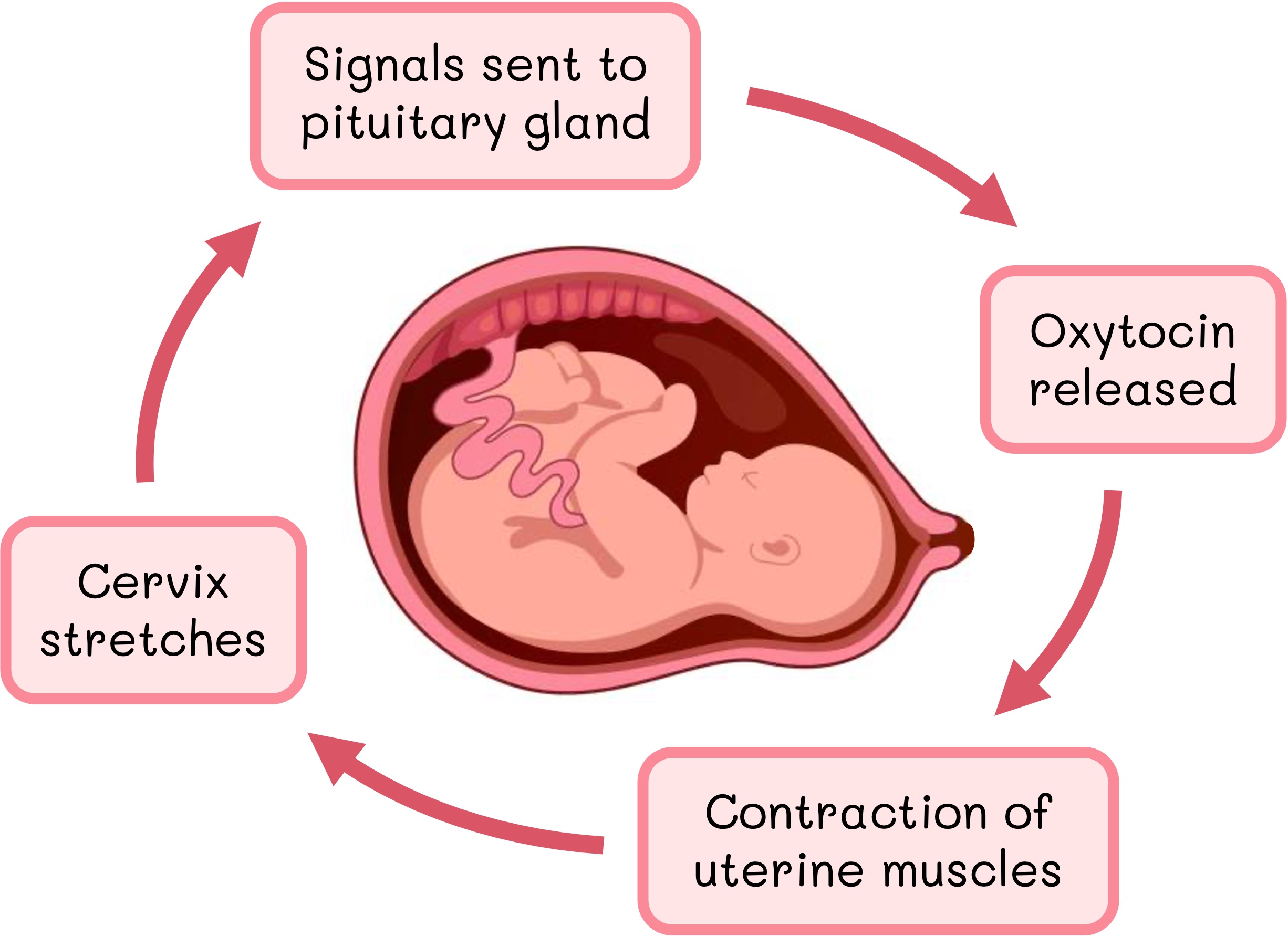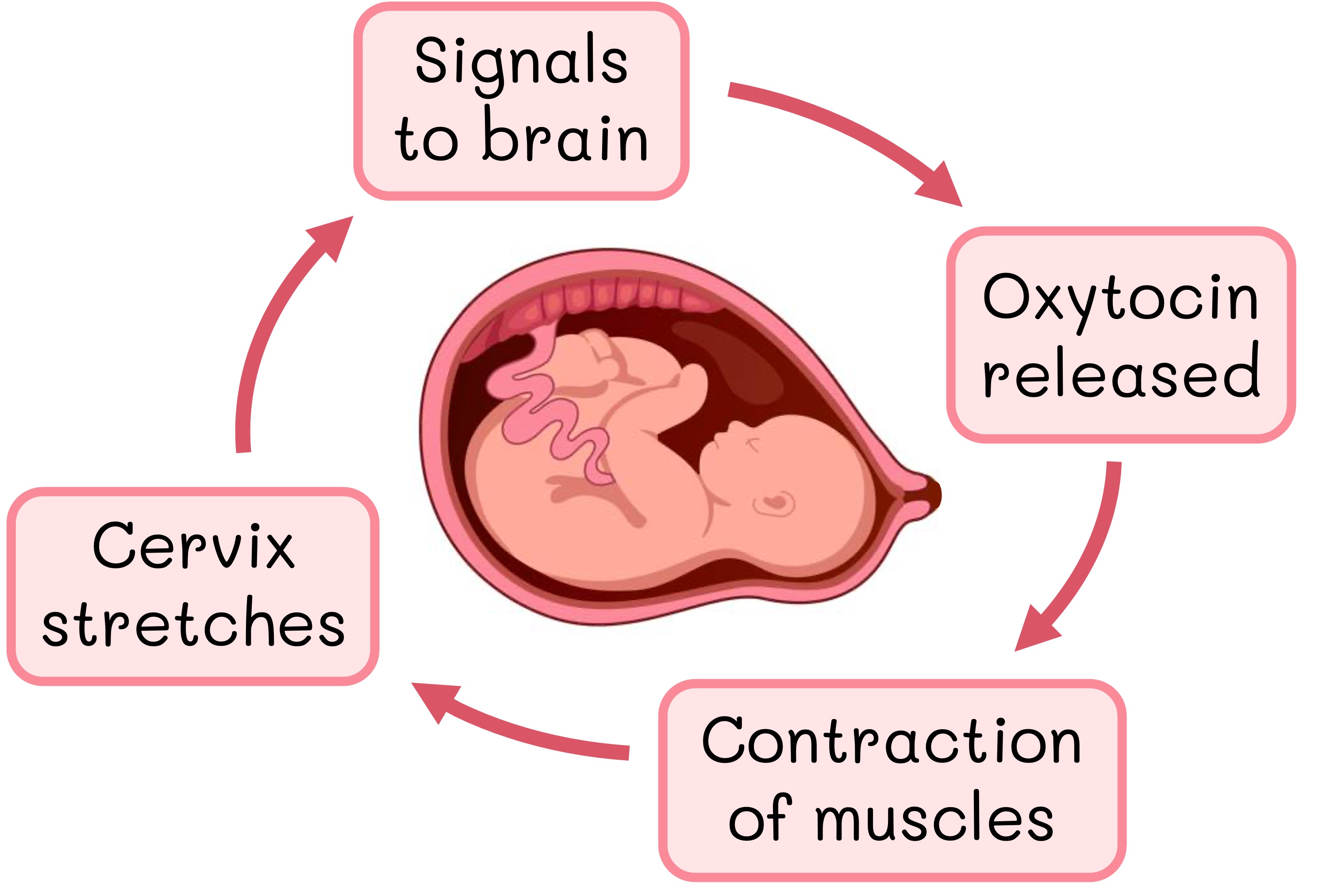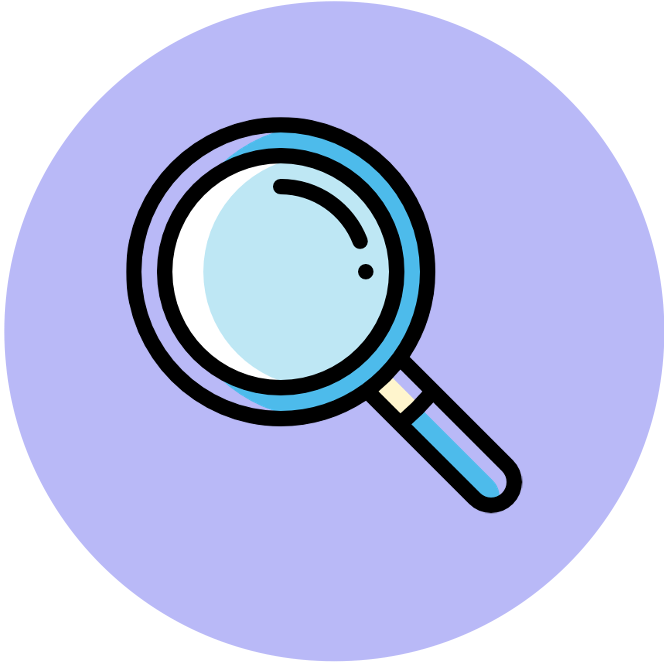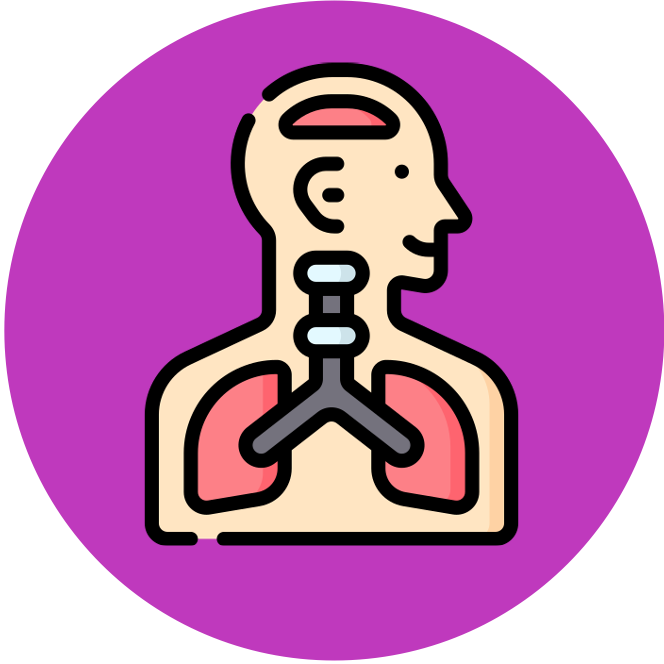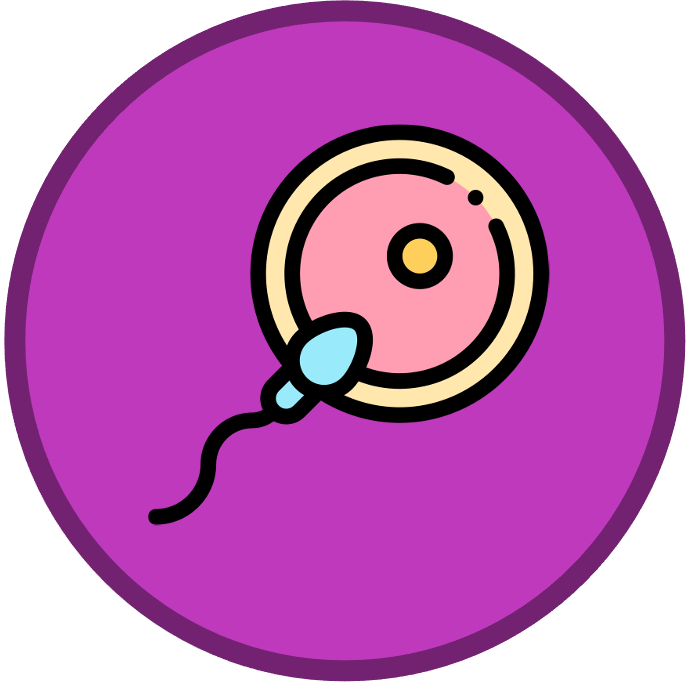

Childbirth
The continuity of pregnancy and subsequent childbirth are both regulated by the secretion of hormones
-
Pregnancy is maintained by the female sex hormones (estrogen and progesterone) while childbirth is stimulated by the hormone oxytocin
Pregnancy Hormones
-
Pregnancy is maintained by the placenta, which takes over the hormonal role of the ovaries (at ~12 weeks) and begins producing estrogen and progesterone
-
Estrogen (specifically oestriol) stimulates the growth of uterine muscles (myometrium) and the development of the mammary glands
-
Progesterone maintains the endometrium (preventing menstruation) and inhibits oxytocin production (precluding the early onset of labour)
-
Both estrogen and progesterone levels drop near the time of birth
Childbirth Hormones
-
When a foetus has grown to a certain size it causes stretching of the uterine walls
-
The foetus responds to this uterine stretching by releasing hormones that cause the placenta to stop producing progesterone
-
When progesterone levels drop, stretch receptors in the uterine lining can trigger the release of oxytocin from the posterior pituitary gland
-
Oxytocin stimulates the uterine muscles to contract, resulting in further stretching which promotes more oxytocin release (positive feedback)
-
Contractions will stop when labour is complete and the baby is birthed (no more stretching of the uterine wall)
Childbirth (Positive Feedback)
